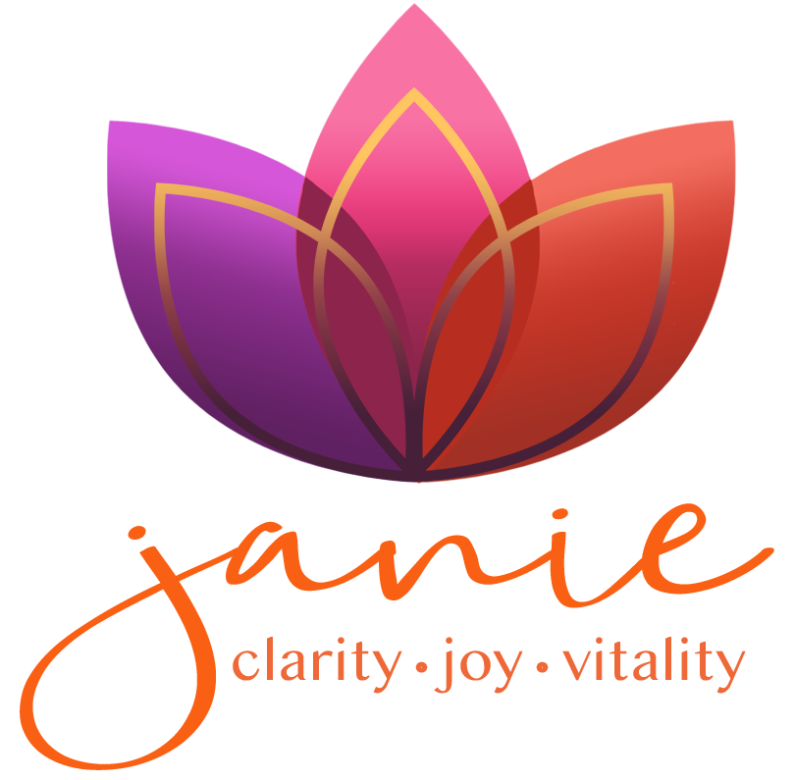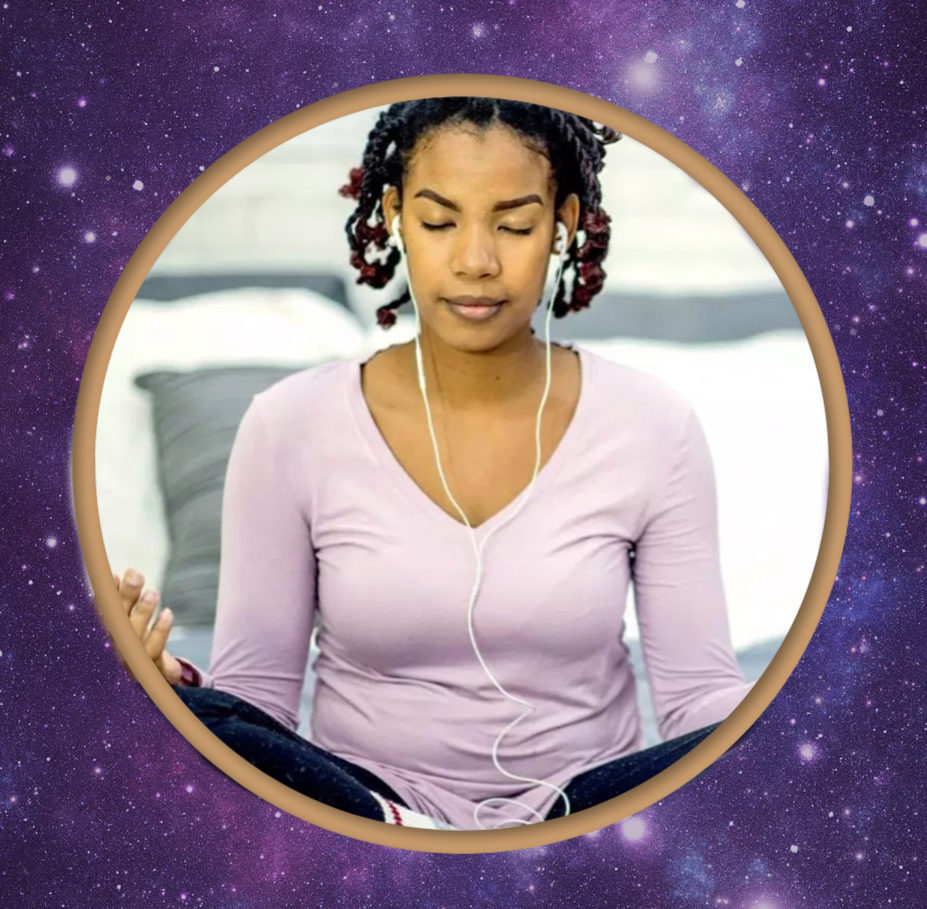Space – the final frontier. The frontier I’m referring to isn’t external however, but the internal space that we all have to explore for ourselves, and which is as vast and eternal as the space that the Starship Enterprise explored.
If we can put even a little bit of space between our thoughts to gain a modicum of perspective on what goes on in our minds 24-7, we start to give ourselves some wiggle room between thought and reaction. That sliver of space is where we attain the ability to respond with awareness rather than react out of habit and conditioning. The bigger that space becomes, the more perspective we have and the more freedom we have in responding creatively to circumstances and situations. Michael Bernard Beckwith says that “choice is a function of awareness”; the more awareness we have, the more choice we have. I would equate awareness with the space between our thoughts; the more space we have, the more choice we have.
I believe that our greatest privilege is our awareness, and with ample awareness comes freedom from the tyranny of the thought-reaction vortex. It’s a curious thing that, although as humans we differ from other animals particularly because of our self-awareness, we actually possess very little relative self-awareness. Many of us cannot, or do not, differentiate who we are from what we think, and it takes time, intention, and discipline to cultivate that inner space which gives us the ability to reflect on our thoughts and notice what’s driving our actions.
I do not know of a better way to explore and expand that inner space than meditation, but I am very sympathetic to the conundrum many people have when they first begin to sit for meditation and cannot, for the life of them, get their minds to stop chattering long enough to experience the stillness and quietude they are told is in there. “I can’t meditate” are words I so often hear, which is generally accompanied by self-judgement as not being good enough, smart enough, or disciplined enough to be capable of meditating.
This is why I am such a proponent of guided meditation (also called visualization) for people who are newly launching their quest to boldly go where they have not gone before. When we give our monkey-mind something specific to focus on -rather than attempt to focus on nothing at all- we are likely to be much more successful in accessing that inner space where we are freed from the gravity of our thoughts. Launching a meditation practice by attempting to jump into deep space without training can be futile, whereas skillful guidance (often through a recording) can be a pleasure and a relief.
A second hurdle to developing a meditation practice (beyond the belief that “I can’t meditate”) is the belief that we don’t have time. Our culture does not place value on our mental, emotional, and spiritual well-being, and it is a real struggle to place value on our beingness in a world that measures worth in doing. For many of us, prioritizing the time to sit quietly for 10-20 minutes per day is bucking an ancestral legacy of working hard to get ahead and prove ourselves, and this is a very real challenge. But without shifting our priorities and valuing the time we commit to exploring the frontier of our inner space, we are unlikely to achieve the freedom and expand the ability to choose that self-awareness provides.
If you haven’t already launched your own exploration into your inner space, or if you have, but have been frustrated by your monkey-mind, I encourage you to look into using guided meditations to ease your way into a more peaceful mindscape. Or perhaps you have dabbled in meditation but haven’t managed to make it a consistent practice, in which case I encourage you to take a look at the value you place on your mental and emotional health and your inner space of self-awareness, and prioritize your meditation practice now.

